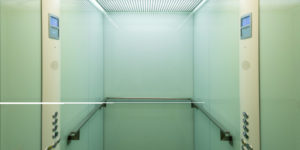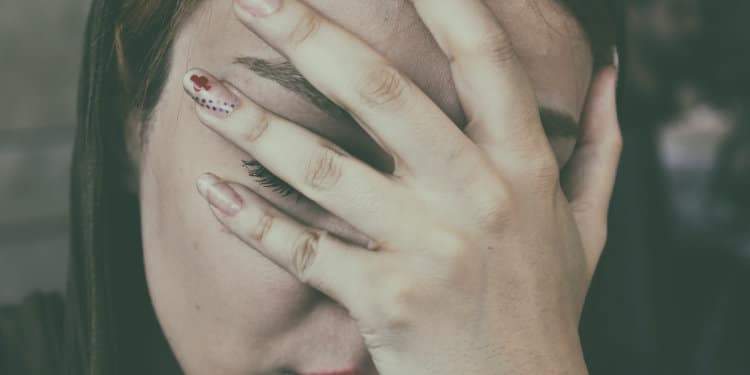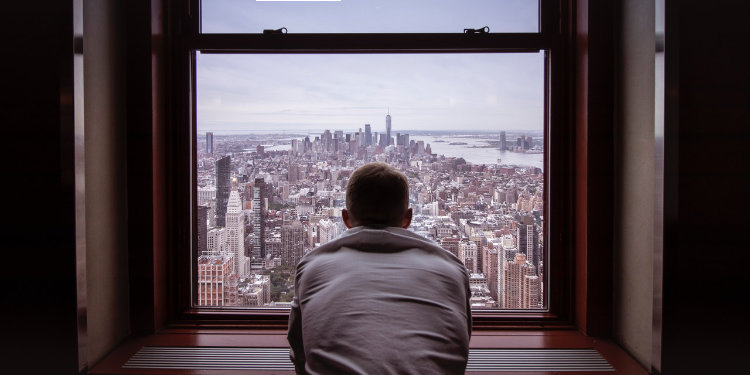











Agoraphobia is an anxiety disorder marked by the avoidance of locations or circumstances that can potentially bring about panic. Individuals experience intense fear about being confined, powerless, or uncomfortable in actual or projected situations. Agoraphobics fear that they will be unable to escape, which causes anxiety to intensify.

Most people with agoraphobia develop the condition after experiencing a panic attack and worry about having another attack in a situation where they will become embarrassed or are unable to flee. This fear causes people to avoid places where a panic attack could potentially occur again.
Individuals with agoraphobia commonly do not feel safe in public places, especially in locations that are busy and attract large crowds.
Common signs include fear of the following situations:
People with agoraphobia may avoid common places such as elevators, movie theaters, parking lots and bridges. These situations prompt anxiety that one will be unable to get away or to obtain help should a panic attack occur.
Agoraphobia is usually linked to anxiety disorder, trauma or genetics. Some individuals experience agoraphobia in conjunction with another mental health condition called panic disorder. Panic disorder is an anxiety disorder where people experience unexpected attacks of intense fear. These attacks can last for several minutes and trigger powerful physical symptoms that can cause a person to feel like they are having a heart attack or dying.
Agoraphobia can inflict significant limitations and impairments in a person’s life. If one cannot leave the house, they will have trouble engaging in normal patterns of daily functioning. They may not be able to visit with family and friends, may be unable to attend work or school, or may be incapable of attending doctor’s appointments or obtaining basic necessities. Without treatment, a person may become confined to the four walls of their homes and become completely dependent on others for assistance.
Agoraphobia is treatable and can be effectively addressed with psychotherapy and medication. Therapy can help individuals learn about triggers to their anxiety along with anxiety management techniques to help them to cope with it. These coping skills can assist individuals to return to places and to re-engage in situations and activities that they once enjoyed. Common therapy approaches for agoraphobia include cognitive behavioral therapy, exposure therapy and psychodynamic talk therapy.
Antidepressants and anti-anxiety medications alone or in conjunction with therapy can also help to alleviate symptoms of anxiety and agoraphobia.
While those living with agoraphobia may at times feel hopeless about the prospect of ever living a normal life again, with proper support it is possible.
Sources